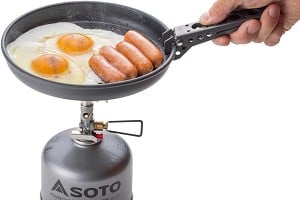
When first asked to review the Optimus Polaris Optifuel stove I was in two minds since I didn't have any plans for upcoming expeditions, the type of trip – probably involving snow melting to get water – that I presumed a top of the range multi-fuel stove like the Polaris was mainly designed for. But Optimus were quite happy for me to put the stove through its paces around the UK, so that is what I have been doing over the spring and summer. I did get to try it out on one bivvy after a very late fall of snow followed by a hard overnight frost had come to the Peak District moors, but beyond that lucky opportunity to test the Polaris in "4 season" conditions, it has been used for gentler summer camping and backpacking.
The Polaris Optifuel is an impressive bit of kit but, selling for £170, by no means a cheap one. Along with the stove come a 0.4 litre fuel bottle and pump, a multi-tool for in-the-field maintenance, and a foil wind guard and heat reflector. Fundamentally, what you get for the money is a very well engineered stove that is hugely adaptable in terms of what you can burn in it.
Multi-fuel stoves are nothing new, but swapping between, say, petrol and paraffin might in the past have included dismantling the stove to swap jets. You don't need to do this with the Polaris – the same jet will handle pretty much all liquid fuels. In addition the Polaris is also one of the newer generations of stoves that will run on gas too. This is also just as easy as swapping types of liquid fuel – you literally just unscrew the fuel bottle and screw on a gas canister. That's it.
Liquid fuel versus gas
So what's the advantage of a stove that handles all these different fuels? Well primarily, to state the obvious, you get the flexibility to be able to use whatever fuel happens to be available. I've used liquid fuel stoves from some of my earliest teenage backpacking trips, having discovered that my Dad's beautiful 1960s Optimus No.00 involved just so much more satisfying fiddling about and setting fire to things than a Camping Gaz cartridge stove. I bought an MSR Whisperlite International before going off to travel around the world as an 18 year old and that stove got used lots over the next two decades, from highish in the Indian Himalaya to the depths of the Norwegian arctic winter. It would block up from time to time, but we developed an understanding and generally after covering me in soot and while I swore at it, I'd manage to get it roaring away again.
Petrol and other liquid fuels tend to be easy to find wherever you are; they aren't affected by low temperatures; and they seem to work out better than gas for longer trips into the wilds. However in more recent years, as middle-aged shoulders get tired under heavy rucksack straps and I just want a cup of tea quickly at the end of day, I've used gas stoves more and more. You don't need to get covered in soot to field maintain a gas stove – they rarely go wrong, and with no need to prime they are just far less hassle than their liquid fuel brethren. They can also be had for a fraction of the price. Most gas stoves though are hopeless in cold conditions. In addition you generally end up with a collection of near-empty canisters that you don't want to carry on another trip, and yet can't bring yourself to throw away.
"You get the flexibility to be able to use whatever fuel happens to be available"
Dislikes
The Polaris is not quite the perfect marriage of the best of both types of stove, but it's getting there. The downsides are:
As noted above, it's a big wodge of cash in comparison to cheap little gas stoves: easily 10 times the price of some.
Secondly, at 475g it's pretty hefty – a reflection of the very solid and predominantly metal build of the stove (being tough is obviously an advantage too of course).
The stove comes with a good foil windshield, which it needs. In my experience it seems quite sensitive to wind, and particularly when burning gas it could blow out easily.
Lastly, the stove roars; this is sort of fun in the same way that hearing the Merlin engine in a Spitfire doing a low fly-past is fun, but it may make you feel vaguely self conscious when making late night cups of tea on a 'civilized' campsite. This is how it sounds:
Likes
Primarily, as mentioned above, you get that massive flexibility in fuel sources. This is a stove you could take practically anywhere in the world.
It's very sturdy, and to be fair while I've listed its weight under disadvantages the flipside of this is the build quality - in itself a good thing, of course. In particular the pump unit (which of course you don't need if you are running it on gas) is very solidly made. If you've ever broken the pump on a liquid fuel stove then the Polaris's pump will feel reassuringly strong.
Thanks to its micro flame controller you can simmer with this stove, even when running it on petrol. I know lots of modern petrol stoves have got better in this regard, but if your experience is with older models, like my decades-old MSR, they tend to go from off to full-on with not much in between. With the Polaris I have gently fried onion and chicken with no problem.

It burns impressively cleanly on petrol. I have only run it using 'clean' petrol that I happened to have (bought in Finland, it's called "small engine petrol" – designed I think for two stroke engines where you add oil separately) but even still I would expect a little bit of soot from the priming stage if nothing else; yet the Polaris doesn't seem to produce any.
Another smart feature is the off and on function (marked on the two sides of the pump) that works by just flipping the bottle 180 degrees. Once flipped to off no more fuel is going through the pump and the flame goes out. Used up like this, you don't then get petrol dribble on you when you disconnect the fuel line from the pump.
When being used with a gas canister the fuel line warms the fuel before it gets to the jet meaning that the butane/propane will burn as a gas even if it comes along the fuel line as a liquid. This means gas works much better in winter conditions (the cold lowers the pressure in canister with most other gas stoves, stopping them from working properly). You can also turn a nearly empty canister upside down to get the last bit of gas out of it.
Priming the stove when using it with liquid fuel is still necessary and still involves yellow flames that must be kept well clear of your tent, but the priming seems to work quickly and soon a controllable, if roaring, blue flame is being produced.
The stove comes with a magnetic tool that supposedly operates a jet cleaner inside the stove. I say "supposedly" because when you try it first time it feels a bit like magic and you wonder if anything is really happening. But after the stove had been running on petrol for some hours and seemed to be running a bit less fiercely than before I tried the "magic" pricker, and it the improvement was immediate.
The three legs on the Polaris are wide and stable but fold up around the body of the stove to pack – a good, functional design. Despite the weight, the stove is pretty compact when packed. It comes with a decent little storage bag and fitted in my cookset (the inner pot of which is 1.5 ltrs) along with a small gas canister and pot grip.
Summary
I still suspect the main market for a stove of this quality, capability and attendant price will be people going off on big trips or expeditions where they are unsure of what fuel will be available. But even closer to home, if you want the ultimate in flexibility then the Optimus Polaris Optifuel is well worth considering. Run it simply and cleanly on gas for weekend breaks in the UK, but then use the same stove with a litre bottle of petrol for a multiday hike on summer holidays abroad; this stove seems ready for all such challenges.
NB: I haven't tried to do comparison test against other stoves in terms of speed of boiling, using different fuels etc. Stoves that I own and might have tested it against vary hugely in design and particularly in age. But a US reviewer has made a comparison chart of the output with differing fuels from a variety of different stoves - see here. I don't know how he works out his figures, so normal disclaimers apply, but those findings do seem to suggest the Optimus Polaris Optifuel does well in terms of the amount of energy it is putting out as heat in comparison to similar style stoves from other firms.
Optimus say:
We raised the standards so high with this versatile, award-winning stove that the Man in the Moon wants one. He can't, but you'll rejoice in this multitalented stove that takes nearly any fuel* you want to give it to make sure you have a warm meal … anytime, anywhere, any weather. You get superior, reliable, one-jet cooking performance with no fiddling to change nozzles or attachments. When using LP Gas canisters, just flip between 4 Season Mode in cold temps and the Efficiency Mode for other use. Need a little stove scrub? Shazam! With the integrated magnetic cleaning needle, you can do that too, even while cooking. Plus, get end-of-day yum in the tum quickly with the patented quick-priming burner.
- Fuel type: Gasoline, LPG Gas, White gas, Jet Fuel, Diesel, Kerosene
- Average burn time: Up to 100 min at maximum output (with 400ml of fuel)
- Dimensions (mm): 80 × 140 × Ø 65
- Average boil time for 1 L of water: Approx. 3.4 min/1 L, depending on climate, altitude etc.
- Output: 4200W
- Weight: 475g
- Kit includes: Stove, FLIPSTOP™ pump, 0.4L fuel bottle, multitool, windscreen, heat reflector, stuff bag, lubricant, user manual
For more info see optimusstoves.com



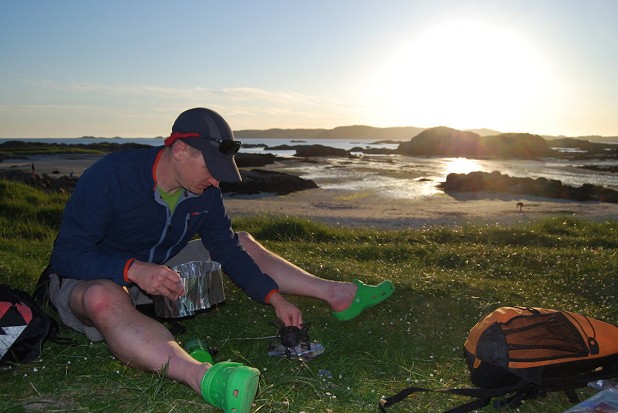
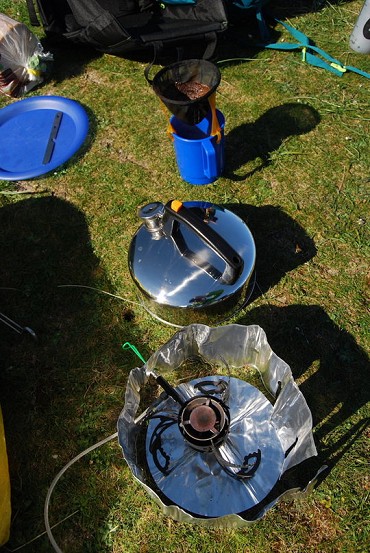
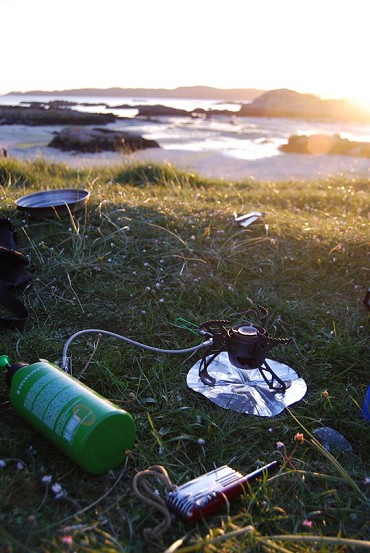
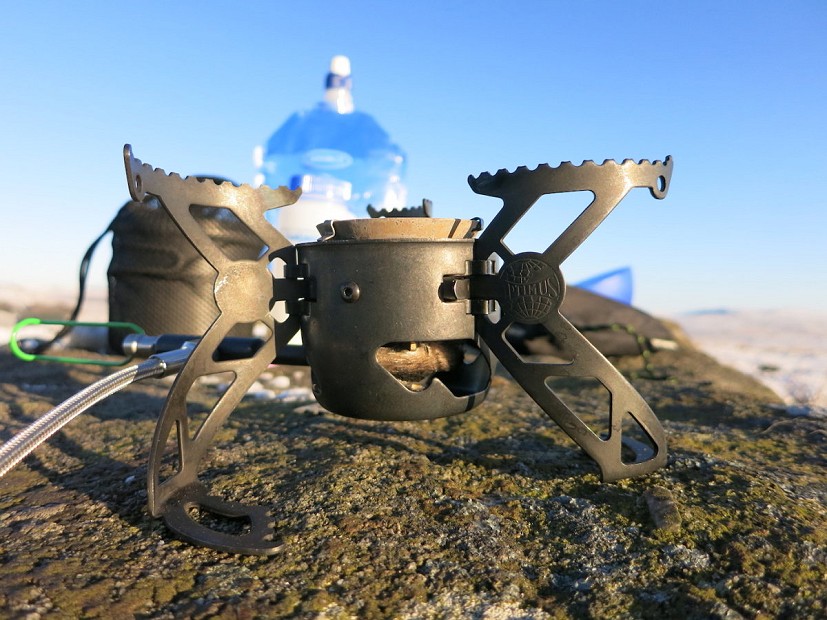
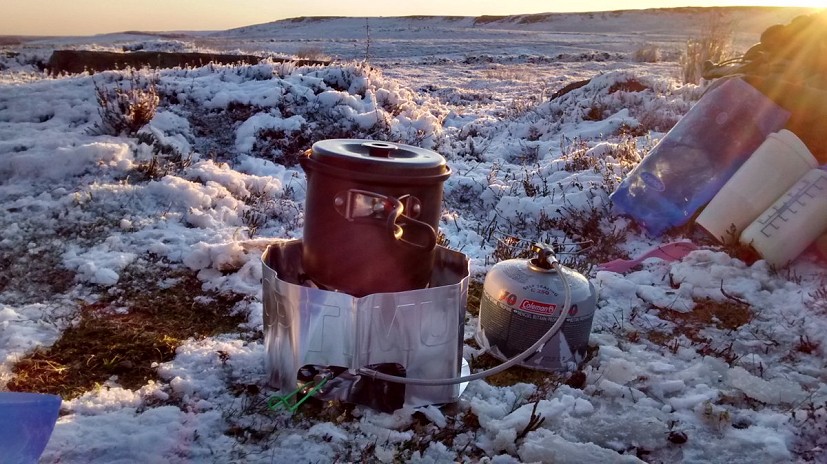
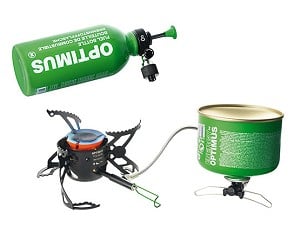




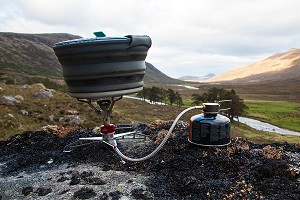
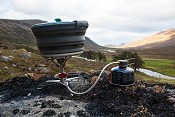
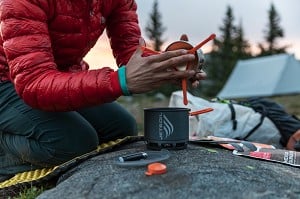
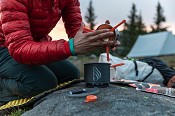
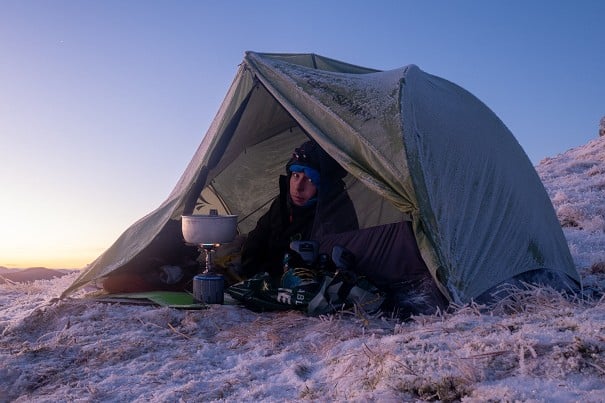
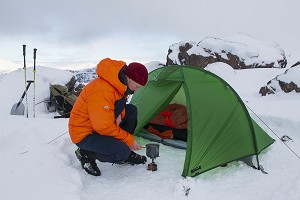
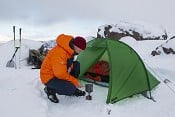
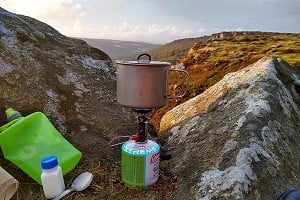
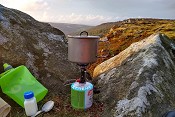
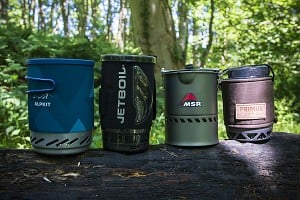
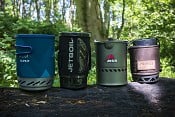
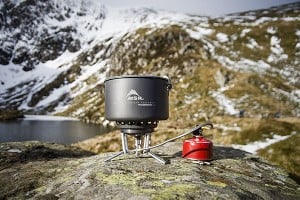

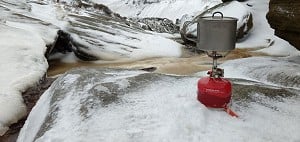

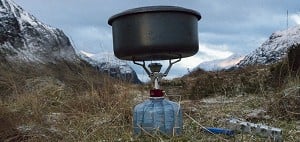

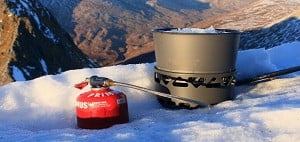

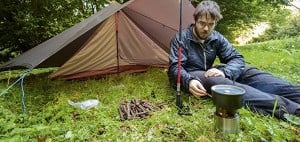

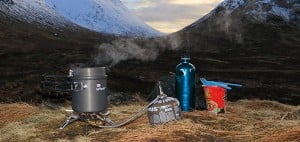

Comments